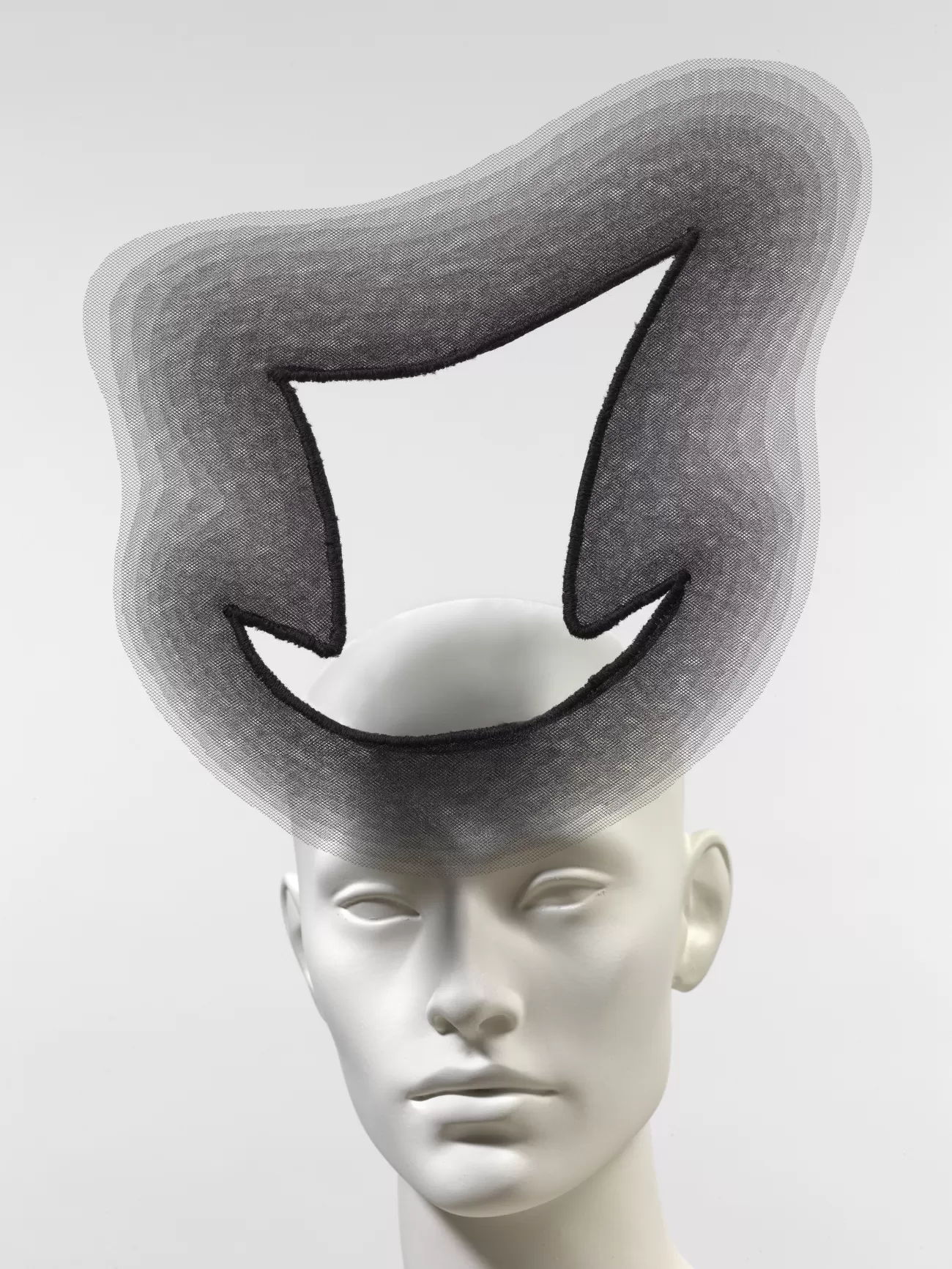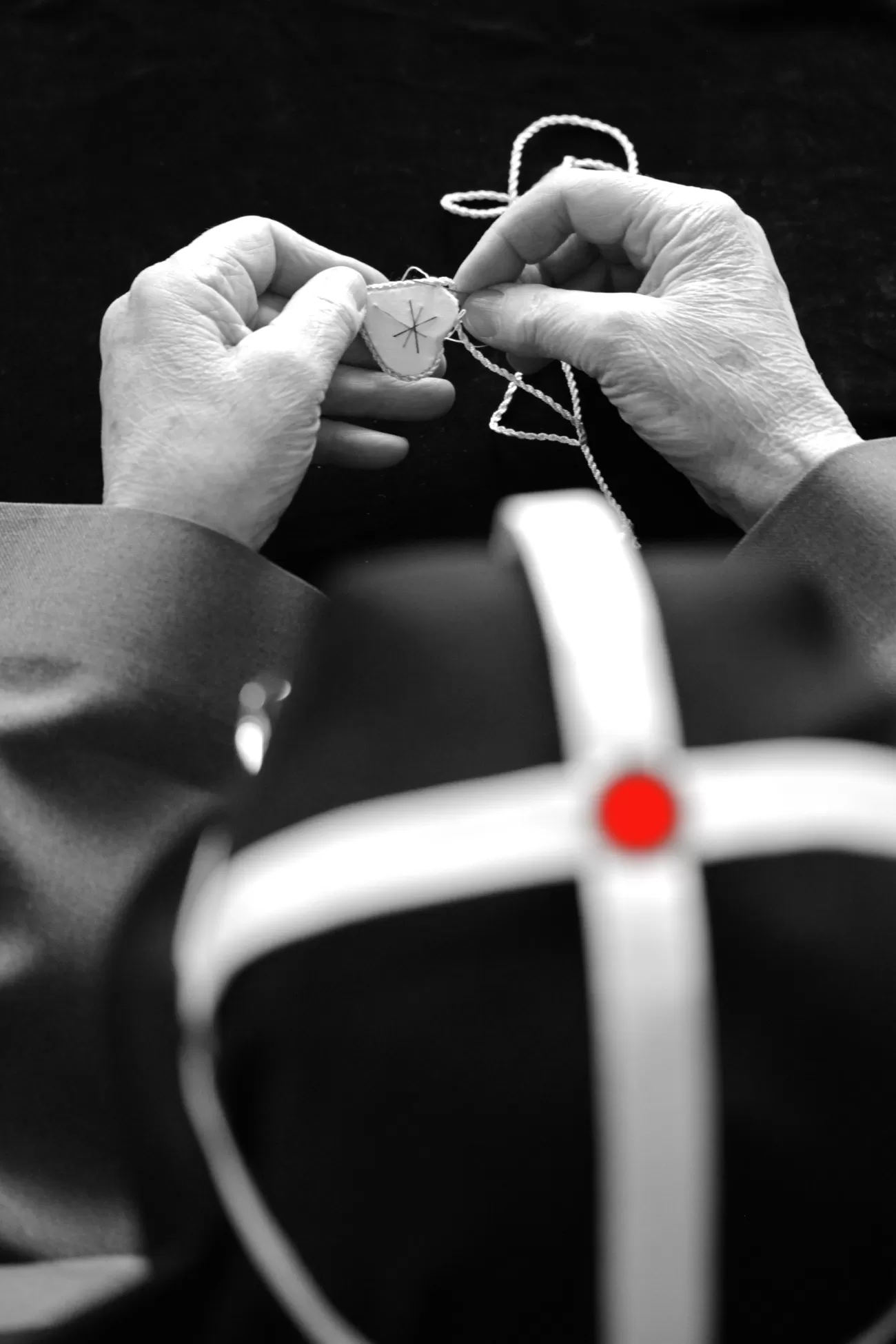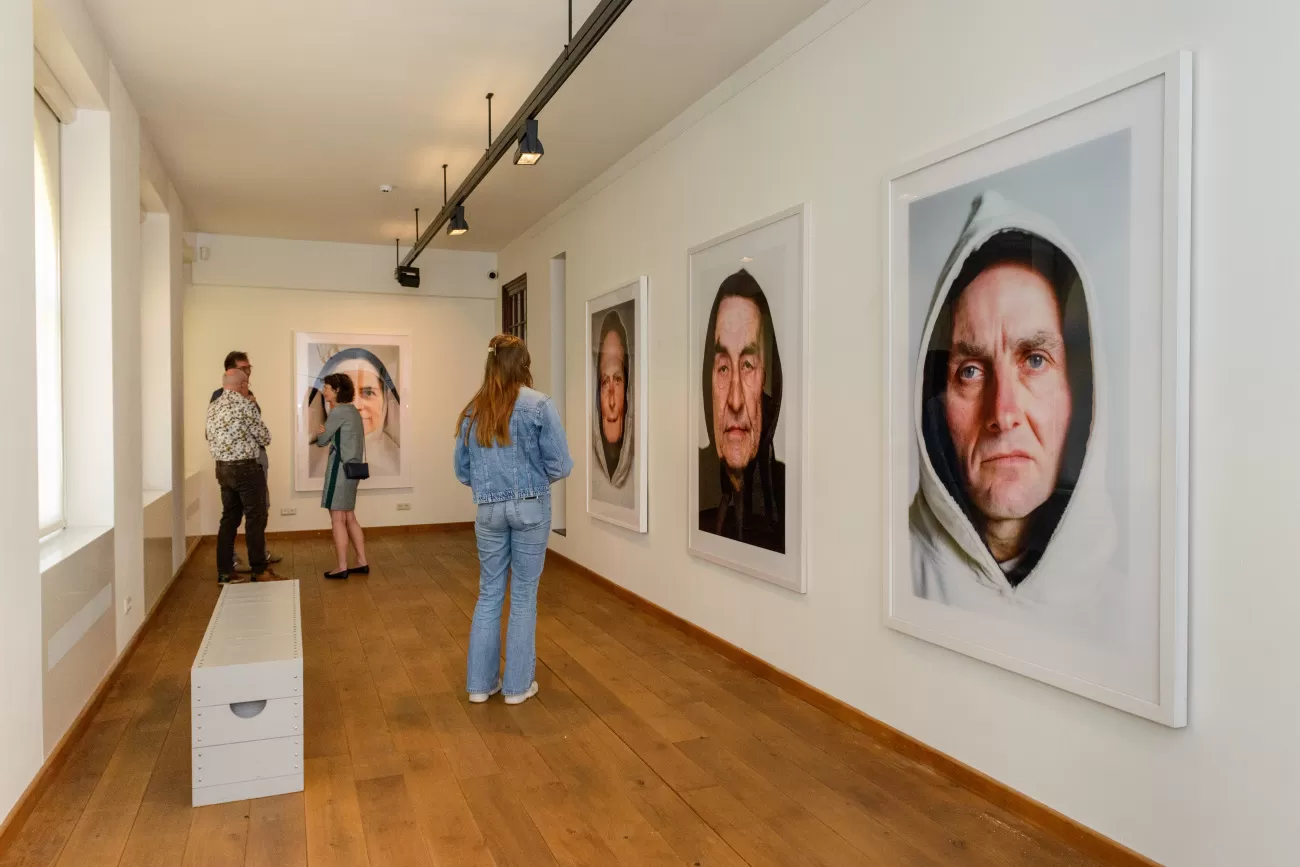From the Birgittine crown to the creations of Stephen Jones and hats worn by politicians during ‘Prinsjesdag’: the exhibition Krona shows, crowns, hats and discusses their significance. In an infectious and uncomplicated way, headgear depicts how times change, how a hat, cap, veil or hood brought groups of people together or, conversely, distanced them from each other. This exhibition responds to the name of the museum. ‘Krona’ is the Swedish word for crown and is a continuation of the special crowning of the veil of the sisters Birgittinessen, who live in the abbey next to the museum.
From Middle Ages to the present
The headgear presented mainly comes from museums in the Netherlands and abroad, regional collections and Krona's own collection. For example, attention is paid to the exceptionally beautiful ‘pofferts’ made of lace that were worn around 1900 by women in Brabant (Southern region in the Netherlands) on special occasions. As well as the extravagant hats in paintings by the Antwerp Mannerists around 1530, but also to the impressive and extremely simple and sober hoods of sisters and monks from France, captured by photographer Roland Fischer. The sobriety of these monkshoods contrasts sharply with the headgear made by Stephen Jones and hats worn on ‘Prinsjesdag’ by Annemarie Jorritsma and Caroline van der Plas, among others. The presentation of the headgear is supplemented with film fragments from the archive of the Eye Filmmuseum and elsewhere.
 hat 'AWOL' (2001-2002), Stephen Jones. Collection of MoMu Modemuseum Antwerpen, photographer Hugo Maertens
hat 'AWOL' (2001-2002), Stephen Jones. Collection of MoMu Modemuseum Antwerpen, photographer Hugo Maertens
L'Invisible
In the mid-1980s, German photographer Roland Fischer portrays members of the French Cistercian community. The Cistercians live a secluded life, far away from the issues of the day.
The immense size (170 x 120 cm) emphatically portrays the seclusion. Everything on the face is exposed, every wrinkle, pore, pimple: yes, every scratch on the skin. But what is traditionally considered the most important part of the portrait, the eyes, the alleged "windows of the soul", remain closed to us. The hood of the habit unfolds to symbolize a monastic world behind walls. A world that hides from our sight. Les invisibles. The impressive series has been shown in many museums around the world.
Roland Fischer, L'invisible. May 13 - October 22, 2023


